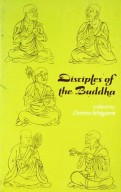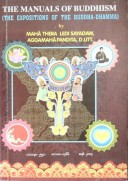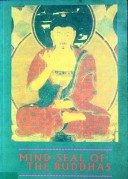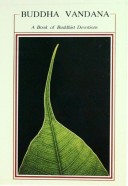Tìm Sách
Sách tiếng Anh-English >> Ox Herding At Morgan’s Bay
Thông tin tra cứu
- Tên sách : Ox Herding At Morgan’s Bay
- Tác giả : Sheng Yen
- Dịch giả : Paul Kennedy
- Ngôn ngữ : Anh
- Số trang : 50
- Nhà xuất bản : Dharma Drum Publications
- Năm xuất bản : 1988
- Phân loại : Sách tiếng Anh-English
- MCB : 12010000005131
- OPAC :
- Tóm tắt :
OX HERDING AT MORGAN’S BAY
By MASTER SHENG-YEN
Edited by Mark Baldwin & Christopher Marano
CONTENTS
Preface
Introduction
First picture
Second picture
Third picture
Fifth picture
Sixth picture
Seventh picture
Eighth picture
Ninth picture
Tenth picture
INTRODUCTION
This version of the Ten Ox Herding Pictures, which illustrates the different states of mind at different levels of practice, was created by a Ch’an master during the Sung dynasty, but the idea of looking for the ox dates back to the T’ang dynasty.
At that time there was a monk who was in charge of stoking fires for the cooking pots down below the kitchen of a monastery. One day a famous Ch’an master observed him at his work and asked, “What are you doing?”
The monk said, “I’am watching the ox”.
The master asked him, “In what way are you watching the ox?”
The monk replied, “Every time the ox tries to wander off to eat grass, I rein it in and put it back to work”. In other words, every time his mind wandered, the monk pulled it back to the job or method.
It’s normal for an ox to eat grass sometimes. In fact, it’s necessary for survival. But in this story, the ox is eating grass when it should be working. The ox herder yokes the ox with a rope and stick; practitioners yoke their wandering minds with method of practice.
Training an ox requires great patience. If your ox wanders off to eat grass, what should you do? Should you kill it? No, you patiently pull it back to its work, as often as necessary. You should never get upset with yourself if your mind wanders off the method, or if you’re not practicing properly. Just catch yourself, and be aware of the digression. This very awareness is proper practice. This is watching the ox. Training the mind is like training a wild ox, only harder.
 Facebook
Facebook
 Google
Google
 Google+
Google+


















